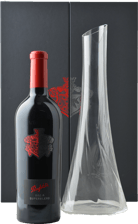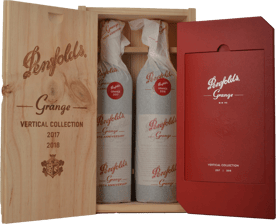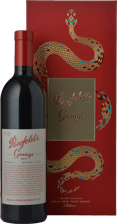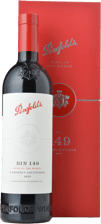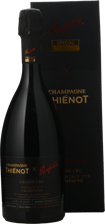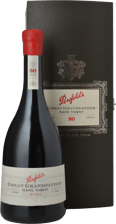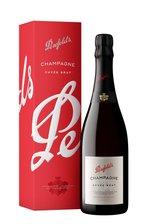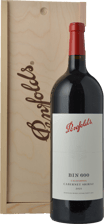Showing 71 products
Page 1 of 3
Showing 71 products
Page 1 of 3
98
AC
95
CM
$110.00
97
AC
95
CM
$1,499.00
97
AC
95
CM
$1,499.00
97
JS
97
AH
96
DB
$798.00
95
AC
93
CM
$49.00
Price reduced from
$54.95
to
95
AC
93
CM
$49.00
Price reduced from
$54.95
to
$54.00
Price reduced from
$59.95
to
98
DB
97
CM
95
AH
$949.00
98
TS
97
CM
97
DE
$195.00
Price reduced from
$225.00
to
98
TS
97
CM
97
DE
$195.00
Price reduced from
$225.00
to
96
LPB
96
HH
95
JC
$299.00
98
TL
97
EL
97
TS
$259.00
95
TS
94
HH
94
DB
$59.90
96
AC
96
DB
96
KG
$97.90
98
TS
98
NS
97
CM
$1,700.00
98
EL
98
JS
98
HH
$199.99
94
CM
94
DE
93
AC
$128.99
95
CM
95
TS
94
AC
$7,990.00

